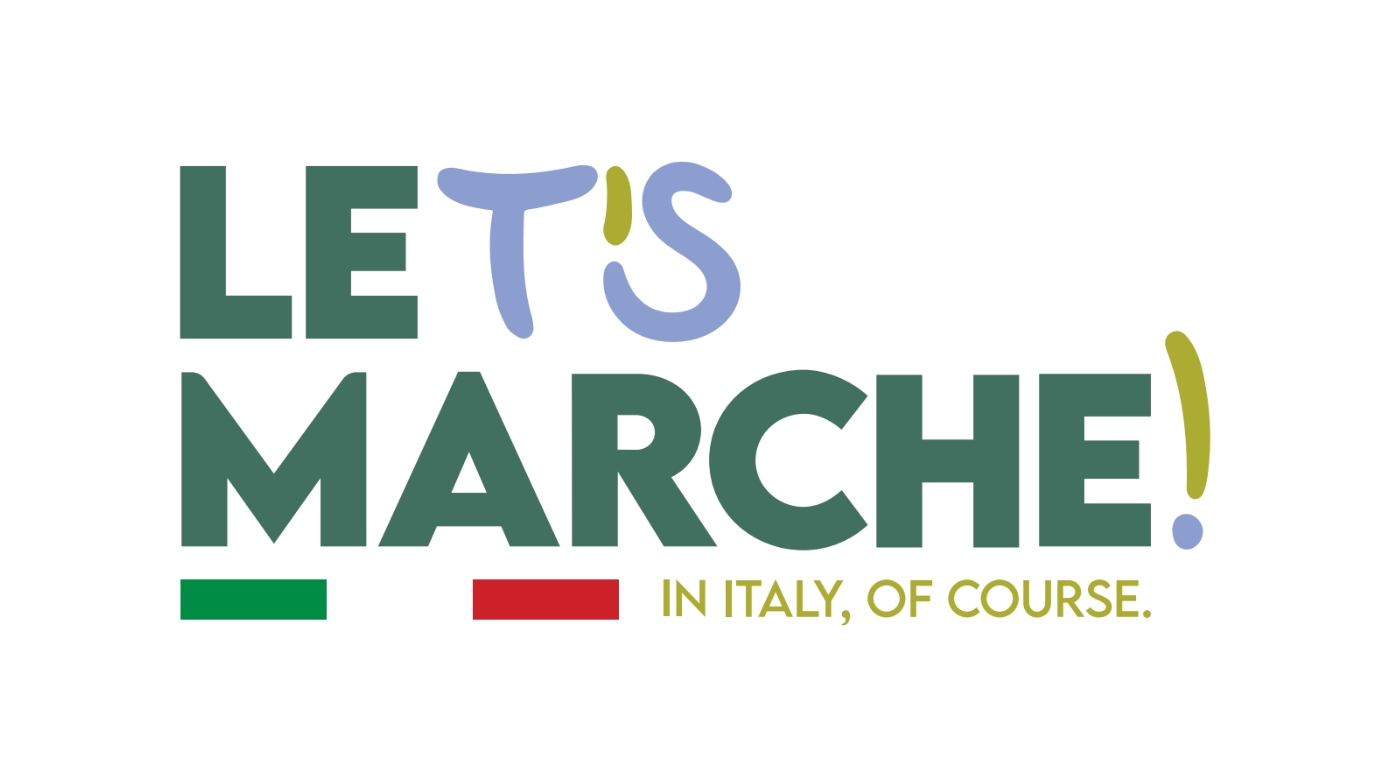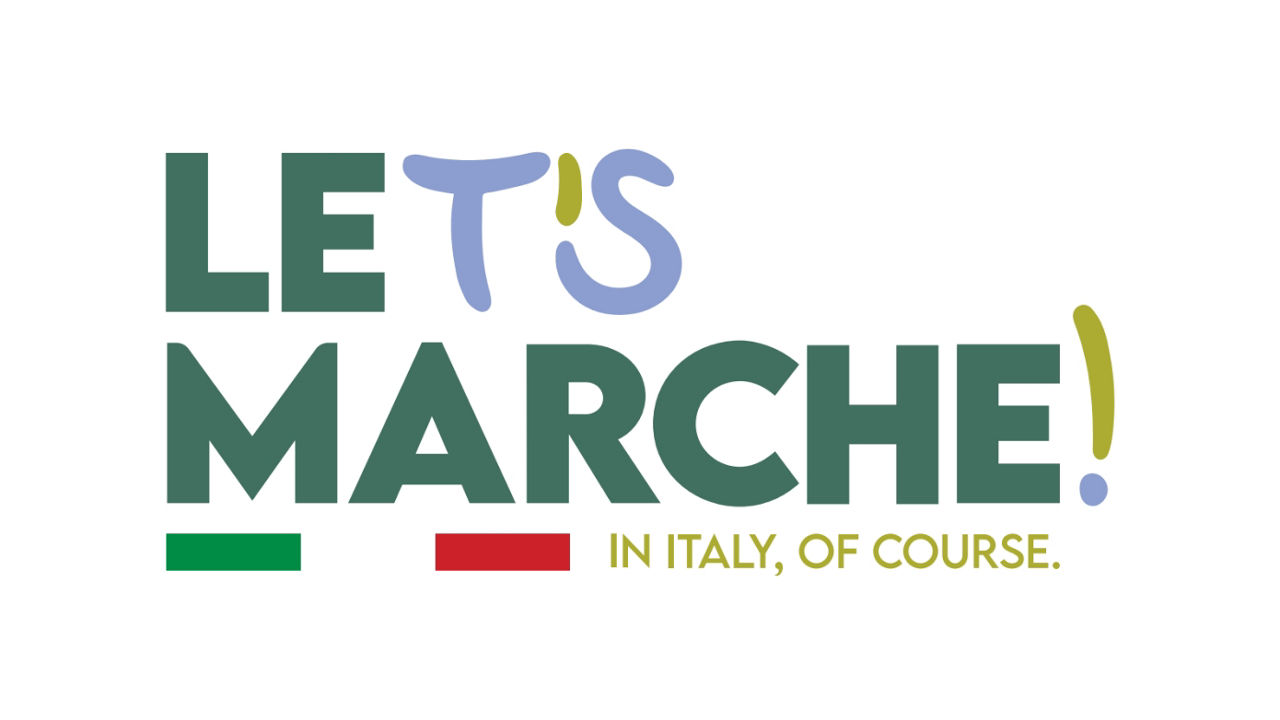Urbino, land of Dukes and DOC wine

The journey to discover the wines of the Marche begins in Urbino, a UNESCO World Heritage city where, over 600 years ago, one of the most illustrious figures of the Italian Renaissance was born:
Federico da Montefeltro, Duke of Urbino. This remarkable land was also the birthplace of one of the greatest artists of all time, Raffaello Sanzio, who lived here during a period of immense splendour, intellectual vitality and artistic flourishing in the ducal city. Once in Urbino, you simply cannot leave without visiting the Galleria Nazionale delle Marche, which houses its priceless collections in the magnificent Palazzo Ducale, commissioned by Federico da Montefeltro.
This land, with its immense cultural heritage, is also an area of excellent wines, in particular, the “Colli Pesaresi DOC Sangiovese Novello”, a ruby-red wine that is dry and well-balanced, pairing beautifully with one of the most typical local products: Urbino’s crescia sfogliata. A close relative of the Romagna piadina, it differs in the dough, which is enriched with eggs and pepper, giving it a rich and savoury flavour. In the land of the Dukes, you can visit one of the many wineries scattered across the hills around Urbino, take part in the grape harvest and enjoy excellent glasses of wine, custodians of traditions handed down through generations, perhaps after a yoga session among the vines.
There are so many activities connected to the area’s winemaking, all waiting to be experienced!
Fossombrone and the Bianchello wine that defeated Hasdrubal

Continuing the tour and remaining in the Province of Pesaro e Urbino, we come to Fossombrone, a town nestled in the Pesaro hills, where an excellent DOC white wine of the Marche is produced, Bianchello del Metauro. Legend has it that this very area was the site of the famous Battle of the Metaurus, which saw the defeat of Hasdrubal and the Carthaginians at the hands of the Roman legions. Wine played a key role: it is said the Carthaginians enjoyed it so much that they faced the Romans suffering the after-effects of alcoholic euphoria, a factor said to have proved decisive in battle.
Make the most of your visit to Fossombrone to explore Forum Sempronii, the ancient Roman city that is now the only archaeological park in the Province of Pesaro e Urbino. In this cheerful town, you can immerse yourself in history, which has left behind precious traces here, from the Corte Alta and the Palazzo Ducale commissioned by Federico da Montefeltro, now home to the Pinacoteca and the “Vernarecci” Archaeological Museum, to the famous Concordia Bridge, which watches over Fossombrone from its spot opposite the Cesarini House Museum and Art Gallery, a historic residence containing a fine collection of artworks once belonging to the notary Giuseppe Cesarini.
In this land of outstanding natural beauty, from the Furlo Gorge and the Cesane forest to the Marmitte dei Giganti canyon, the climate is ideal for producing great wines.
Verdicchio di Staffolo, King of the Marche table

Leaving Fossombrone behind, the journey continues to Staffolo in the Province of Ancona, an ancient medieval village overlooking the fertile Esino Valley. Staffolo’s standout product is the wine made from the native Verdicchio grape, one of the most renowned and appreciated varieties in the world.
In this part of the Marche, the climate is influenced both by the cool mountain air and by the salty breezes of the Adriatic. This unique microclimate, with its dramatic temperature swings, brings out the wine’s aromas, celebrated every year during the Verdicchio Festival, held in the third week of August, with music, dancing, conferences and exhibitions dedicated to food and wine.
No tour of the wines of the Marche would be complete without a visit to the Wine and Rural Life Museum of Staffolo. It houses the traditional tools once used in local wineries to produce the area’s wines, including an oak press for crushing grapes that dates back to 1695. The museum is also home to a wine shop, where you can sample a wide range of wines paired with local cured meats and cheeses.
San Ginesio: balcony over the Sibillini and land of sparkling red

The next stop on the journey to discover Marche wines is San Ginesio, a medieval village in the inland area of the Province of Macerata, which stands opposite the Sibillini Mountains, those “Blue Mountains” so dear to the poet Giacomo Leopardi. Today it is recognised with the Orange Flag of the Italian Touring Club and listed among the most beautiful villages in Italy. Perched on the ancient Esculano Hill, its panoramic location has earned it the nickname “balcony of the Sibillini”.
The imposing 14th-century city walls, still featuring walkways, arrow slits and towers, encircle the historic centre of the village. Within them, you can admire the Hospital of San Paolo, also known as the Pilgrims’ Hospital (late 13th century), which together with Porta Picena forms one of San Ginesio’s most beautiful scenes.
This area is known for its outstanding local products, particularly the “San Ginesio DOC” wine, a designation covering two types of red: still and sparkling. The distinctive local climate, combined with a unique terroir, gives this wine its individual character, best appreciated by taking part in one of the many tastings held throughout the year in San Ginesio’s wineries.
Fermo: between Falerio DOC, art and culture

Leaving San Ginesio, the journey continues towards Fermo, perched on the Girfalco hill, where the park is home to centuries-old trees and offers one of the most beautiful panoramic terraces along the Marche coast. On one side lies the Adriatic Sea, just eight kilometres from the town centre, and on the other, the charming inland landscape of hilltop towns stretching towards the foothills of the Sibillini.
Starting from the central Piazza del Popolo, one of the most beautiful in the Marche, you can explore the historic centre by following a route lined with churches, noble palaces, courtyards and decorative portals. Be sure to include a visit to the Palazzo dei Priori and the stunning Sala del Mappamondo, which holds 16,000 volumes covering more than 70 subjects. These form the core of the library dedicated to Romolo Spezioli. If you are interested in archaeology, you can also visit the fascinating Roman cisterns, among the largest surviving Augustan-era water tanks still intact today.
This is the land of Falerio DOC wines, known for their mineral notes imparted by the proximity to the sea and the salty breeze that bathes the vineyards. These wines are an excellent match for traditional local fish dishes. Before leaving Fermo, take a break to enjoy some local delicacies with a panoramic view!
Offida, ancient land of lace and DOCG wine

The final stop on this journey is Offida, one of the most beautiful villages in Italy, located in the Province of Ascoli Piceno. Offida is home to three outstanding wines: Offida Rosso, Pecorino and Passerina, all part of the Offida DOCG designation. These wines are a brilliant expression of a region that brings out the best in native grape varieties such as Pecorino and Passerina.
A must-visit in Offida is the Regional Wine Cellar, housed in a charming 14th-century former monastery. Here, events are held where wine experts guide visitors through tastings that pair wines with cured meats, cheeses, desserts and bread. The space offers a selection of the best Marche wine labels.
Try a glass of one of these excellent wines paired with Chichí ripieno, a rustic focaccia filled with tuna, olives, anchovies, artichokes and peppers, perfect for a flavourful aperitif. To finish on a sweet note, taste the famous “funghetti di Offida”, traditional local sweets with ancient origins, named for their unusual mushroom shape and made only with water, flour and sugar. Aniseed was added later.
After this delicious break, take a stroll through the historic centre of Offida, famous for the meticulous and patient art of bobbin lace, an ancient tradition that has been passed down from generation to generation for at least five centuries. Along the streets of the centre, you will find shops selling these fine lace creations and you can often watch them being made, with bobbins dancing over a tangle of threads pinned in place. To uncover all the secrets of the lace-makers, do not miss the Bobbin Lace Museum, housed in the 19th-century Palazzo De Castellotti-Pagnanelli, which also exhibits a dress worn by Naomi Campbell.





